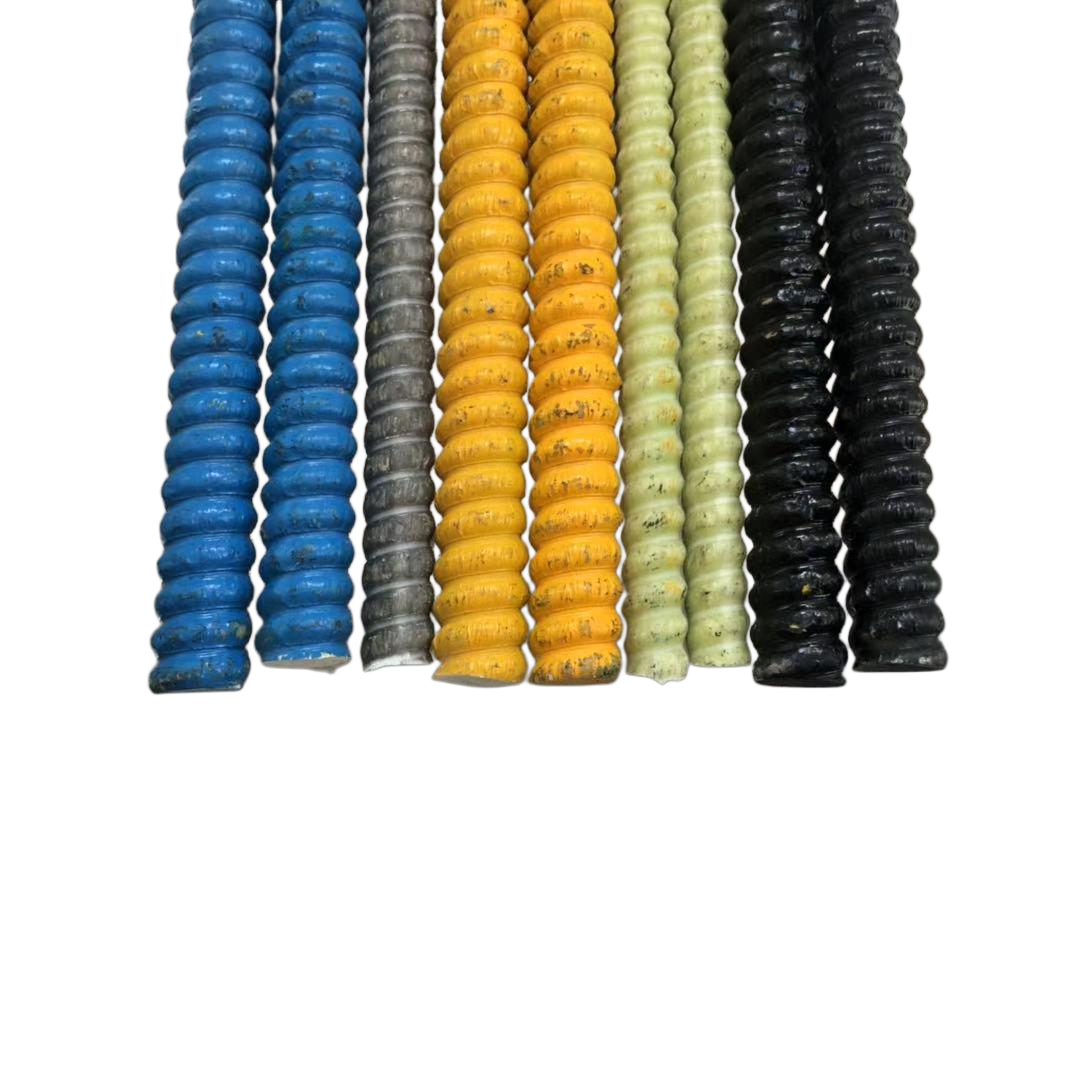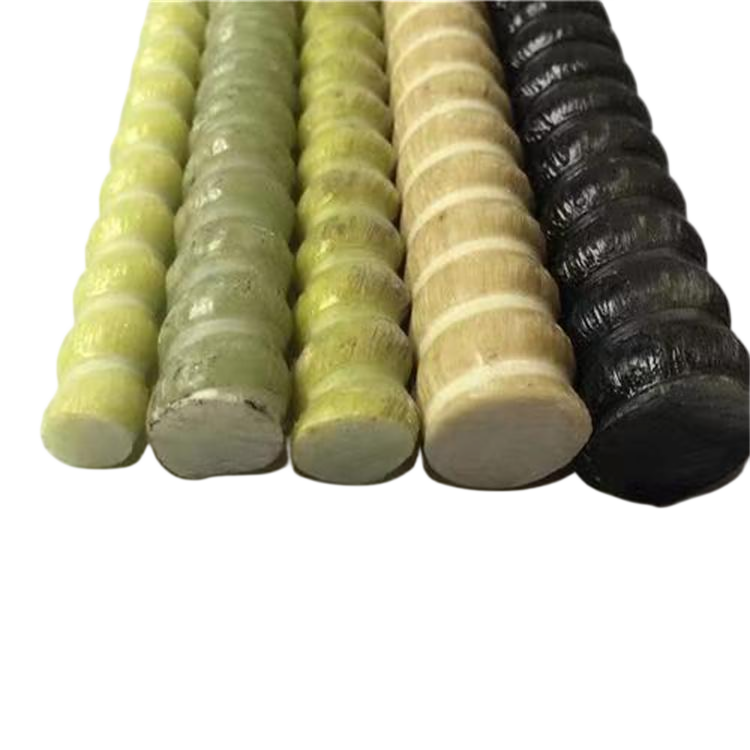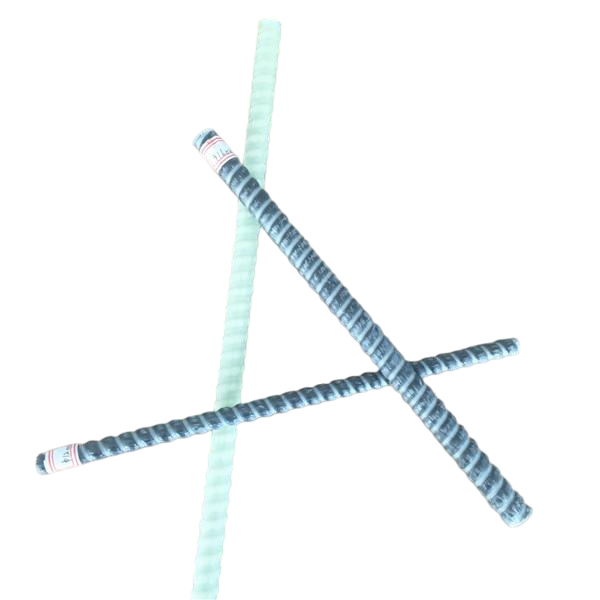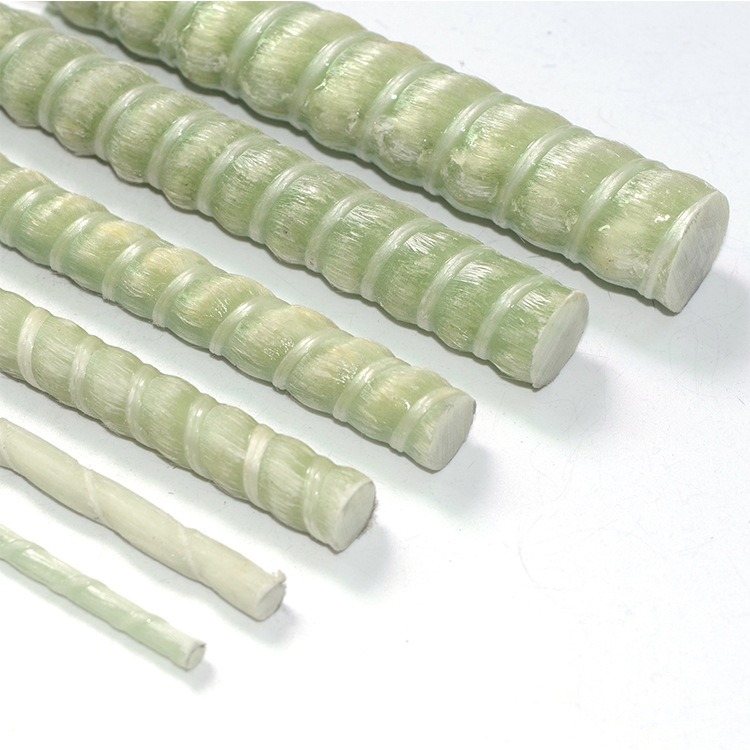Introduction
The construction industry has long relied on traditional materials such as steel for reinforcement in concrete structures. However, the advent of glass fiber rebar has revolutionized the way engineers approach design and durability. This composite material offers a plethora of benefits, including corrosion resistance, high tensile strength, and reduced weight. This article delves deep into the properties, advantages, and applications of glass fiber rebar, providing a comprehensive analysis for professionals in the field.
Material Properties of Glass Fiber Rebar
Glass fiber rebar, also known as GFRP (Glass Fiber Reinforced Polymer) rebar, is a composite material made by combining glass fibers with a polymer resin matrix. This combination results in a material that exhibits exceptional mechanical and physical properties, making it an ideal alternative to traditional steel rebar in certain applications.
Mechanical Strength
One of the most significant advantages of glass fiber rebar is its high tensile strength. Studies have shown that GFRP rebar can achieve tensile strengths up to 1,200 MPa, surpassing that of conventional steel rebar. This high strength-to-weight ratio allows for the design of lighter structures without compromising integrity.
Corrosion Resistance
Unlike steel, glass fiber rebar is inherently resistant to corrosion. This characteristic makes it particularly suitable for structures exposed to harsh environmental conditions, such as marine environments or regions with high humidity and salinity. The non-corrosive nature of glass fiber rebar extends the lifespan of structures and reduces maintenance costs over time.
Thermal and Electrical Insulation
Glass fiber rebar exhibits low thermal conductivity and is non-conductive electrically. This makes it an excellent choice for applications where thermal bridges must be minimized or where electromagnetic interference could be problematic, such as in hospitals or power plants.
Advantages Over Traditional Steel Rebar
The adoption of glass fiber rebar in construction projects offers several advantages over traditional steel rebar, influencing both the performance of the structure and the overall project economics.
Lightweight Nature
Glass fiber rebar is significantly lighter than steel—approximately one-fourth the weight. This reduction in weight simplifies handling and transportation, potentially lowering labor costs and reducing the risk of workplace injuries.
Magnetic Transparency
In environments where magnetic interference must be avoided, such as MRI rooms in hospitals, the non-magnetic properties of glass fiber rebar make it an ideal reinforcement material. This characteristic ensures that the rebar does not interfere with sensitive equipment.
Cost Efficiency Over Lifecycle
While the initial cost of glass fiber rebar may be higher than that of steel, the long-term benefits often result in overall cost savings. The durability and low maintenance requirements reduce the need for repairs and replacements, especially in corrosive environments.
Applications of Glass Fiber Rebar
The unique properties of glass fiber rebar have led to its utilization in various sectors of the construction industry. Its application is especially beneficial in projects where traditional materials fall short in meeting performance requirements.
Marine and Coastal Structures
Structures like piers, docks, and seawalls are constantly exposed to saltwater, which accelerates the corrosion of steel reinforcement. Glass fiber rebar's resistance to corrosion makes it a superior choice for enhancing the longevity of such structures.
Transportation Infrastructure
Bridges, highways, and tunnels benefit from the use of glass fiber rebar due to its durability and strength. The material's resistance to de-icing salts and chemicals used in roadway maintenance prevents degradation of the reinforcing elements.
Industrial Facilities
In chemical plants and waste treatment facilities, exposure to aggressive chemicals can compromise steel reinforcement. Glass fiber rebar provides a reliable alternative, ensuring structural integrity in corrosive environments.
Case Studies and Performance Analysis
Numerous projects worldwide have successfully implemented glass fiber rebar, showcasing its effectiveness and reliability. Analyzing these case studies provides valuable insights into the material's performance in real-world applications.
Bridge Deck Rehabilitation in Canada
In Ontario, Canada, a bridge deck suffering from severe corrosion was rehabilitated using glass fiber rebar. The project resulted in extended service life and reduced maintenance costs, highlighting the material's advantages in harsh climates.
Port Structures in the Middle East
Given the corrosive marine environment, several ports in the Middle East have adopted glass fiber rebar for new constructions and renovations. The enhanced durability has led to increased operational efficiency and safety.
Economic Considerations
When evaluating the use of glass fiber rebar, it is essential to consider both the initial investment and the long-term economic benefits.
Initial Cost vs. Lifecycle Cost
While the upfront cost of glass fiber rebar may be higher than steel, the overall lifecycle cost is often lower due to reduced maintenance and longer service life. This is especially true in environments where corrosion is a significant concern.
Installation Efficiency
The lightweight nature of glass fiber rebar reduces transportation costs and simplifies installation. Projects can be completed more quickly, leading to savings in labor and time.
Environmental Impact
Sustainability is increasingly important in construction, and materials like glass fiber rebar contribute positively to this goal.
Reduced Carbon Footprint
The production of glass fiber rebar generates less carbon dioxide compared to steel manufacturing. Additionally, its long service life reduces the need for replacements, further diminishing environmental impact.
Recyclability
Glass fiber rebar is recyclable, and ongoing research is improving the methods for recycling composite materials. This aligns with global efforts to promote circular economies and reduce waste.
Design Considerations
When incorporating glass fiber rebar into projects, engineers must account for its unique properties in the design process.
Modulus of Elasticity
Glass fiber rebar has a lower modulus of elasticity compared to steel. This means it will experience greater elongation under the same load. Design codes and standards provide guidelines for accommodating this difference.
Bonding with Concrete
The surface texture of glass fiber rebar affects its bond strength with concrete. Manufacturers often apply sand coatings or create deformations on the rebar surface to enhance this bond, ensuring structural performance.
Standards and Regulations
As the use of glass fiber rebar becomes more widespread, industry standards and regulations have been developed to ensure safety and uniformity in application.
International Standards
Organizations such as the American Concrete Institute (ACI) and the Canadian Standards Association (CSA) have published guidelines for the design and use of glass fiber rebar. These standards cover material properties, testing methods, and design principles.
Certification and Quality Control
Manufacturers are required to adhere to strict quality control measures to certify their products. This ensures that the glass fiber rebar meets the necessary mechanical and physical property requirements for safe use in construction.
Future Developments
The field of composite materials is continuously evolving, and glass fiber rebar is no exception. Ongoing research aims to enhance its properties and broaden its applications.
Hybrid Composites
Researchers are exploring hybrid composites that combine glass fibers with other materials, such as carbon fibers, to optimize performance characteristics like strength and stiffness.
Advanced Manufacturing Techniques
Innovations in manufacturing processes, such as pultrusion and automated placement, are improving the efficiency and quality of glass fiber rebar production. These advances may reduce costs and increase adoption rates.
Conclusion
Glass fiber rebar represents a significant advancement in reinforcement technology, offering numerous benefits over traditional steel rebar, particularly in corrosive environments. Its high tensile strength, corrosion resistance, and lightweight nature make it a compelling choice for modern construction projects. As industry standards evolve and manufacturing techniques improve, the adoption of glass fiber rebar is expected to grow, contributing to more durable, efficient, and sustainable infrastructure worldwide.




























